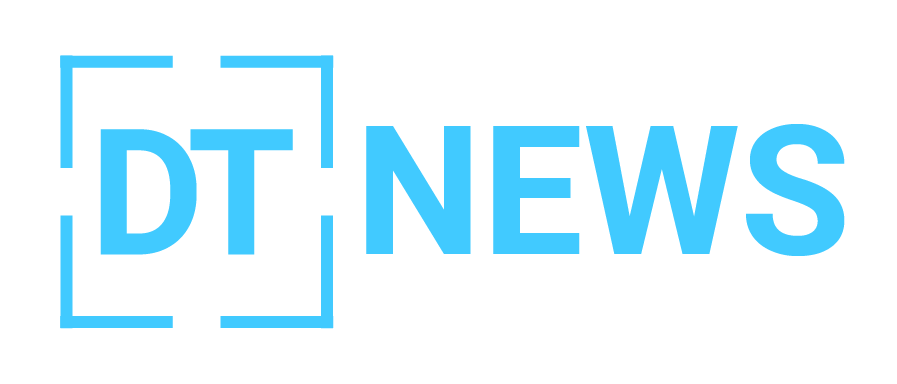Based on recent reports, the US Securities and Exchange Commission (SEC) Crypto Task Force met with MicroStrategy’s Michael Saylor to discuss a comprehensive regulatory framework for digital assets. This is aimed at bringing clarity; innovation and to make the US a global leader in the digital economy.
Michael Saylor’s Digital Asset Regulation Vision
Saylor presented a document titled “Digital Assets Framework, Principles and Opportunity for the United States” to the Task Force. In the document, he outlines his vision for integrating digital assets into the US financial system. The key is to categorize digital assets into:
– Digital Commodities: Assets like Bitcoin that are a store of value.
– Digital Securities: Tokens representing equity or debt.
– Digital Currencies: Digital versions of fiat currencies.
– Digital Tokens & NFTs: Unique digital assets representing ownership or access rights.
– Digital ABTs (Asset-Backed Tokens): Tokens backed by physical or financial assets.
Saylor emphasized that a clear taxonomy is critical for ‘regulatory clarity and innovation in the space. He advocates for a rights-and-responsibilities framework that defines the obligations of issuers, exchanges and asset owners to reduce regulatory ‘friction and increase transparency and accountability.

This could lower issuance costs, streamline transactions, and prioritise industry-led disclosures over bureaucratic oversight. By enabling real-time digital asset issuance and free market competition, Saylor believes regulatory efficiency can increase accessibility, reduce costs, and expand the market.
Regulatory and Institutional Implications
The meeting comes as the world is moving towards clearer digital asset regulation. The SEC’s Crypto Task Force, led by Commissioner Hester Peirce (aka Crypto Mom) is shifting the agency’s focus from enforcement to policy making. The goal is to innovate while protecting investors – an approach many in the industry see as key to long term growth.
Similar discussions are emerging internationally. Saylor’s emphasis on a structured crypto regulatory framework fits with these trends, and the US could set global standards for digital asset management.
Market Impact: Catalysts for Change
Saylor’s proposals and the SEC’s shift on crypto regulation can have big implications:
Increased Investor Confidence: A clear framework will reduce market uncertainty and attract retail and institutional investors. As Saylor said, a balanced framework “will unlock trillions of wealth and empower millions of businesses.”
Economic Stability: By putting Bitcoin in the national reserves and having robust regulatory standards, the US can stabilize its financial system and use digital assets to manage national debt.
Innovation: With streamlined rules, the crypto industry will see a wave of innovation as developers and companies are freed from bureaucratic red tape. This could lead to new technologies and services that bring digital assets into the mainstream.
Competitive Advantage: A U.S. crypto regulatory framework would protect domestic markets and make the country a global leader in digital finance—a big deal as other countries are vying for this position.
Comparative Analysis: The Road Ahead for Digital Regulation
Here’s a breakdown of the components of Saylor’s crypto regulatory framework and what to expect:
| Component | Proposed Approach | Expected Impact |
|---|---|---|
| Asset Classification | Distinguish digital commodities, securities, and fiat-backed assets | Clear regulatory standards; reduced legal ambiguity |
| Transparency & Accountability | Rights-based framework for issuers, exchanges, and asset owners | Lower issuance costs; streamlined market operations |
| Investor Protection | Emphasis on real-time disclosures and market-driven oversight | Enhanced trust and reduced risk for investors |
| Economic Leverage | Utilizing Bitcoin as a potential reserve asset to strengthen the dollar | Potential tool for managing national debt and boosting currency value |
| Institutional Integration | Shift from enforcement to proactive policymaking by the SEC | Increased investor confidence; global leadership in digital finance |

Deep Analysis: Is a New Era of Crypto Regulation Here?
The SEC and Michael Saylor talks could be a turning point for U.S. crypto regulation. History shows that when regulatory bodies embrace innovation rather than suppress it, markets thrive. But there are challenges:
– Regulatory Balance:
Getting the balance right between investor protection and innovation is tricky. Saylor’s approach reduces bureaucratic hurdles while ensuring accountability but will depend on bipartisan support and consistent enforcement.
– Market Adaptability:
As digital assets evolve, the regulatory framework must be able to adapt. The proposed asset categorization is a good start but will need to be refined to address new technologies.
– Global Influence:
The U.S. can set the global standard for crypto regulation. If successful, Saylor’s framework could be a model for other countries and drive a coordinated global approach to digital asset management. Experts say the SEC’s path—initiatives like the Crypto Task Force—is heading towards long-term regulatory clarity if done right.
Conclusion
The meeting between the SEC’s Crypto Task Force and Michael Saylor is a big deal. Saylor’s detailed framework for a crypto regulatory structure aims to balance investor protection with innovation and make the U.S. a leader in digital assets. By defining digital assets, transparency and institutional strategies, this could unlock big economic potential and stability for the market.
There are challenges—regulatory balance and global coordination—but this is a move away from enforcement towards proactive policymaking. As the U.S. and other countries figure out their digital assets in their financial systems, this is going to be important.
Stay updated with Deythere as we’re available around the clock, providing you with updated information about the state of the crypto world.
FAQs
1. What did the SEC and Michael Saylor discuss?
They discussed a comprehensive crypto regulatory framework that categorizes digital assets and promotes transparency and institutional strategies to spur innovation while protecting investors.
2. What are the key components of Saylor’s proposal?
Clear asset classification, rights-based framework for issuers and exchanges, investor protection, and potential use of Bitcoin as a reserve asset.
3. Why is this framework important?
A ‘crypto regulatory framework can reduce legal uncertainty, protect investors and make the U.S. a global leader in digital finance.
4. How will this impact the U.S. economy?
The U.S. could stabilize its financial ‘system, attract institutional investments, and use digital assets to offset the national debt.
5. Is this permanent?
Current discussions are ‘trending toward more crypto friendly regulation but long term will depend on bipartisan support and implementation.
Glossary
Crypto Regulatory Framework: A ‘set of clear ‘guidelines for the regulation of digital assets that balances innovation with investor protection.
Digital Asset: A type of asset that exists in digital ‘form, including cryptocurrencies, NFTs, and other blockchain-based tokens.
Institutional Investment: Large-scale investments made by organizations such as banks, hedge funds, or pension funds in digital assets.
Transparency: Openly ‘disclosing financial information and operational details to build trust among market participants.
Reserve Asset: An asset held by a central bank to support its national currency and stabilize the economy.
References
- Digital Assets Framework, Principles and Opportunity for the US
- Cryptobriefing
- Cryptonews
- Coinspeaker
Legal Disclaimer
This article is for informational purposes only and not ‘financial, investment or legal advice. Readers should do their own research and consult with certified professionals before making any investment decisions.



















































































































